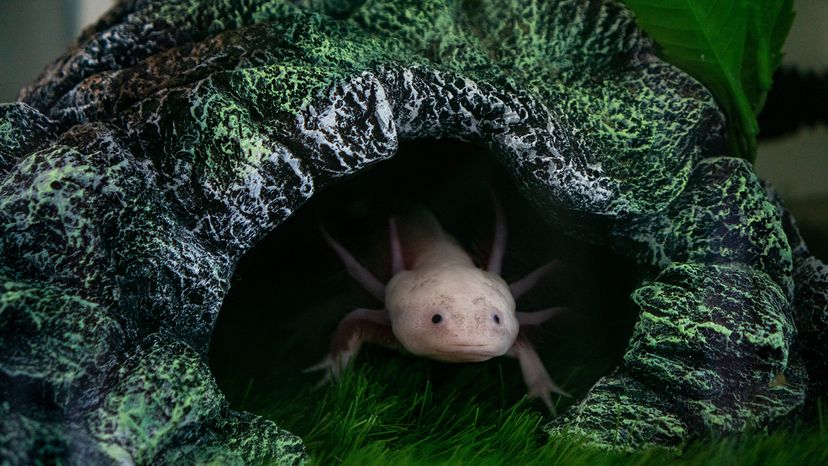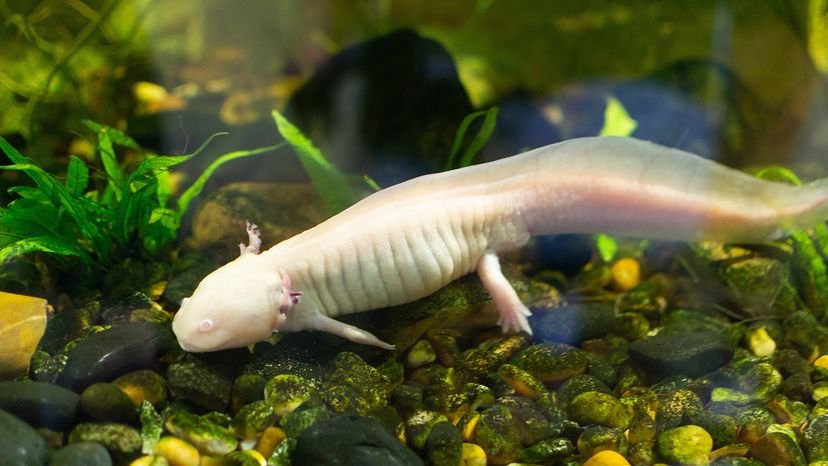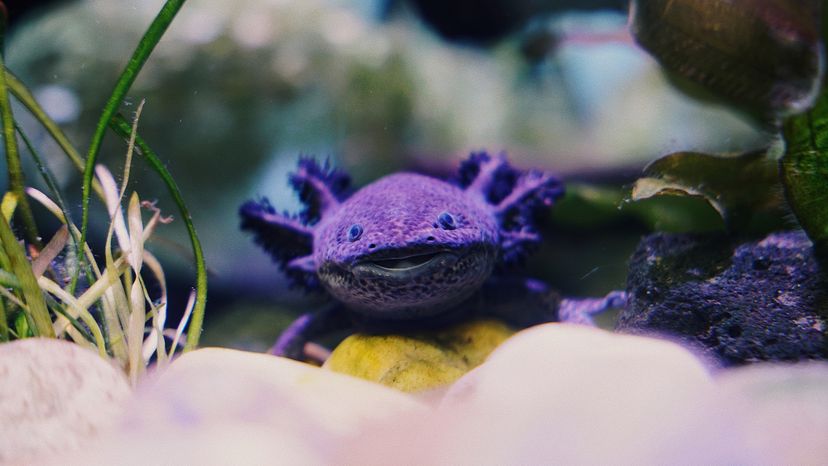
Axolotl colors can be a little misleading; what you see online is wildly different from what exists in, well, the wild.
Native to Mexico, these underwater oddballs are famous for their feathery gills, and perpetual smiles. The incredible range of color morphs varies based on whether you're talking about axolotls in their natural habitat, genetically modified pet axolotls, or Minecraft memes.
Advertisement
Whether you're caring for a real one or just hugging an axolotl plushie, there's a color variation to match every mood.

